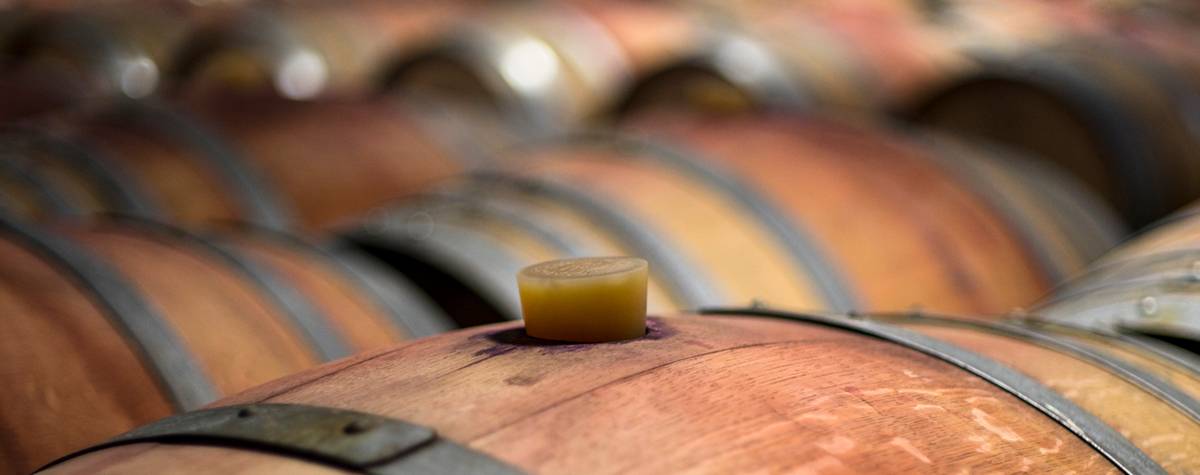Fifteen years ago, practically no one would have considered making wines without adding the widely used preservative sulfur dioxide (SO2). Now it is almost mainstream to go through fermentation with no additives at all, just adding SO2 later in the process, or just before bottling.
'With the natural wine movement’s growth, we have seen the corresponding growth of a rare wine fault'But along with the natural wine movement’s growth, we have seen the corresponding growth of a rare wine fault that previously students of wine learned about from textbooks, but rarely encountered: mousiness.
Mousiness seems to occur almost randomly in wines that haven’t had any SO2 added. It is still quite a mysterious fault, and it’s unusual among wine faults that you can’t smell it until the wine is in your mouth. On your first encounter with a mousy wine, it tastes fine, as you take a sniff. Then you put it in your mouth and, after a few seconds, the characteristic flavour appears: mouse cage, water biscuits, and a sort of savoury warmth that’s quite hard to describe. It’s kind of sickly sweet, and while it’s not as repellent as the mustiness of cork taint, it’s the sort of thing that stops you enjoying the wine. Some of the other descriptors associated with mouse include popcorn, rice, crackers, bread crust, sausage skin and vomit.
The reason for this delay?
It’s because at wine pH (low: quite acidic), the compounds responsible aren’t aromatic, but once the wine is in the mouth, after a while they become aromatic and we can detect them. Another complicating factor is that people show a wide range of sensitivities to these compounds, so some people don’t seem to get mousiness at all, while others are very sensitive.The source of this variable sensitivity isn’t clear, but it seems that some of it may be due to the way our mouths are all a bit different. The pH of our mouths varies, as does our rate of salivary flow. So when a sample of wine is in the mouth, the time it takes to change pH enough for the mousy compounds to be smelled will differ quite a bit. But as well as inter-individual differences in mouth pH, the pH of our own mouths can differ quite a bit – by as much as 0.9 units – depending on the time of day and what we have eaten. This brings a degree of imprecision to the detection of mousiness, but this is, in reality, the same as with all wine faults. It isn’t an exact science.
The compounds involved?
They are known as N-heterocycle bases, and there are three of them. The first is 2-acetyltetrahydropyridine (ATHP), the second is 2-ethyltetrahydropyridine (ETHP) and the third is 2-acetyl-1-pyrroline (APY). To get mousiness, you need two of them to co-occur, and it seems that the least important of these is ETHP. They are made by certain strains of lactic acid bacteria (the microbes that carry out malolactic fermentation), especially the subset of these bacteria known as heterofermentative strains. They are also made by Brettanomyces, the spoilage yeast that’s fairly common in red wines and which at high levels makes them smell of animal sheds. No one is completely sure of why, when brett and lactic acid bacteria are present in many wines, that it’s only some wines that develop mousiness. But it’s thought that the presence of oxygen is important, as well as the precursors L-lysine, L-orthinine, ethanol, acetaldehyde and metal ions. These are all usually present in wine.'The variation in wine resulting in mousiness is twofold'So the variation in wine resulting in mousiness is twofold. First there is the composition of wine: the pH, the level of different compounds, and the amount of oxygen it is exposed to. In turn, this will affect the second factor, which is the actual microbes growing in the wine, which in addition to the wine environment will be affected by what is growing in the cellar and also the microbes that came into the winery on the grapes.
One winegrower I spoke to who has a scientific background, but who likes to work without adding SO2 to his wine until bottling, said that every now and then he loses a barrel to mousiness. He says that one way to avoid it is a small addition of SO2 before or during fermentation. SO2 works as a sort of microbial gatekeeper at this stage, selecting against certain bacteria and yeasts, and favouring others.
'Steps that can be taken to lessen the odds of mouse occurring'Aside from adding SO2, it seems that there are some steps that can be taken to lessen the odds of mouse occurring. One is to take the sort of steps you’d normally take to avoid the development of Brettanomyces, such as working with lower pH, sulfiting after malolactic fermentation is over, keeping cellar temperatures low, and managing oxygen exposure so that the wine sees as little of it as possible after fermentation finishes.
It still remains a mysterious fault. If a winemaker has a barrel that goes mousy, what can be done? Sadly, there’s no remedy, but I’ve heard anecdotal evidence that mousiness can come and go, and that mousy barrels can end up OK once they are bottled. I’ve even heard some people say that mousy wines in bottle can resolve themselves, but I’m less convinced by this. If you are one of the small band of people that can’t detect mouse, then you are lucky, but for the remainder of us – especially those who, like me, are natural wine lovers – then it remains a big annoyance whenever it is encountered.
Dr Jamie Goode completed a PhD in plant biology and worked as a science editor before switching to wine. He writes widely for a range of magazines, has written four books, including Wine Science, and lectures and judges wine around the world. He is co-chair of the International Wine Challenge.













.png)






